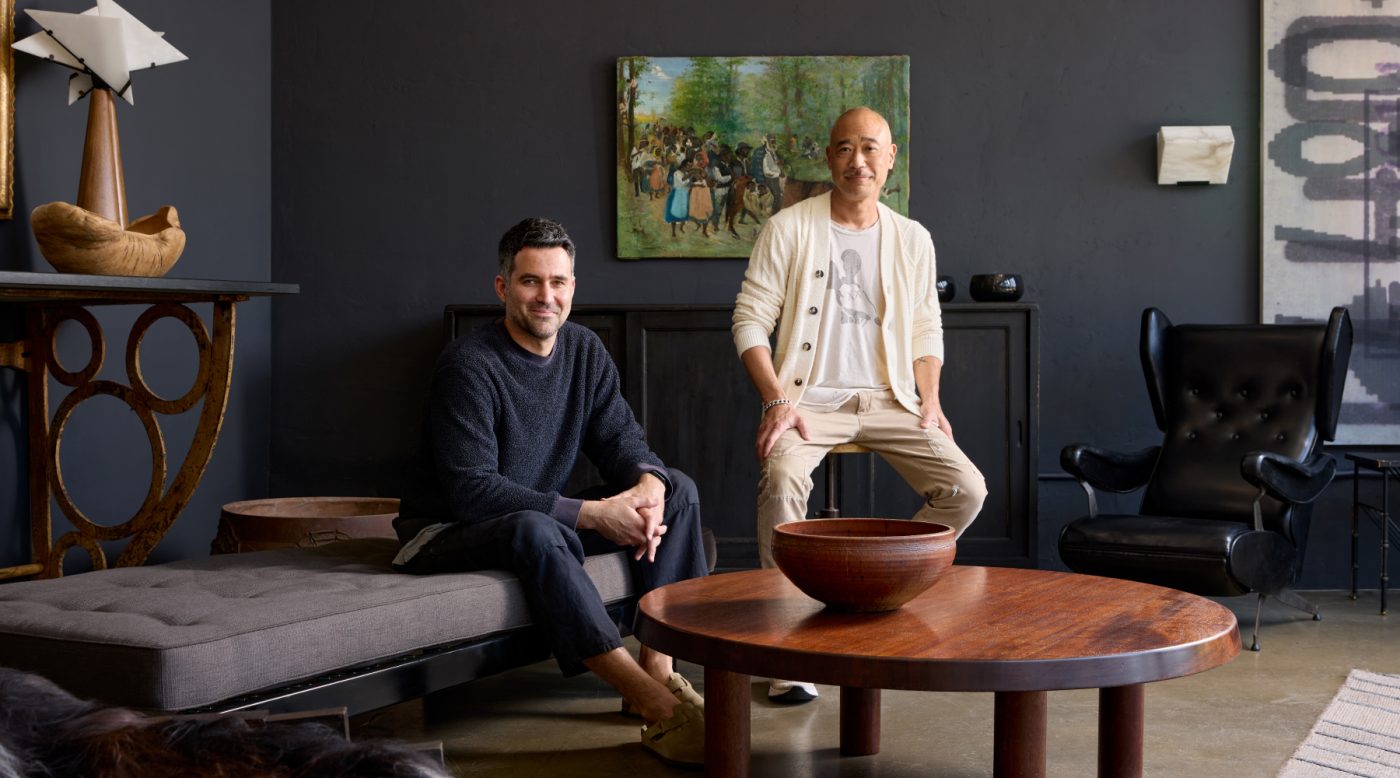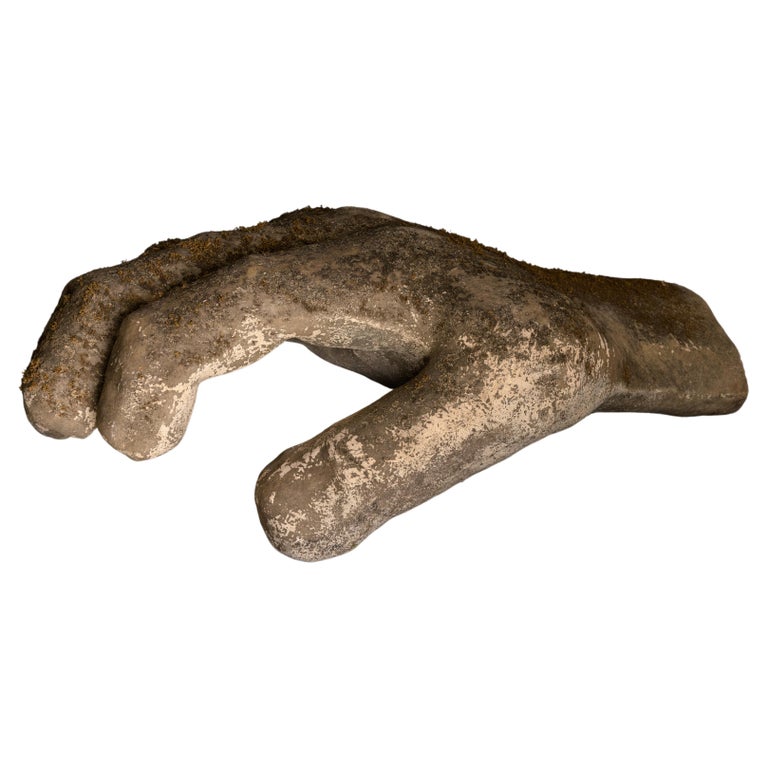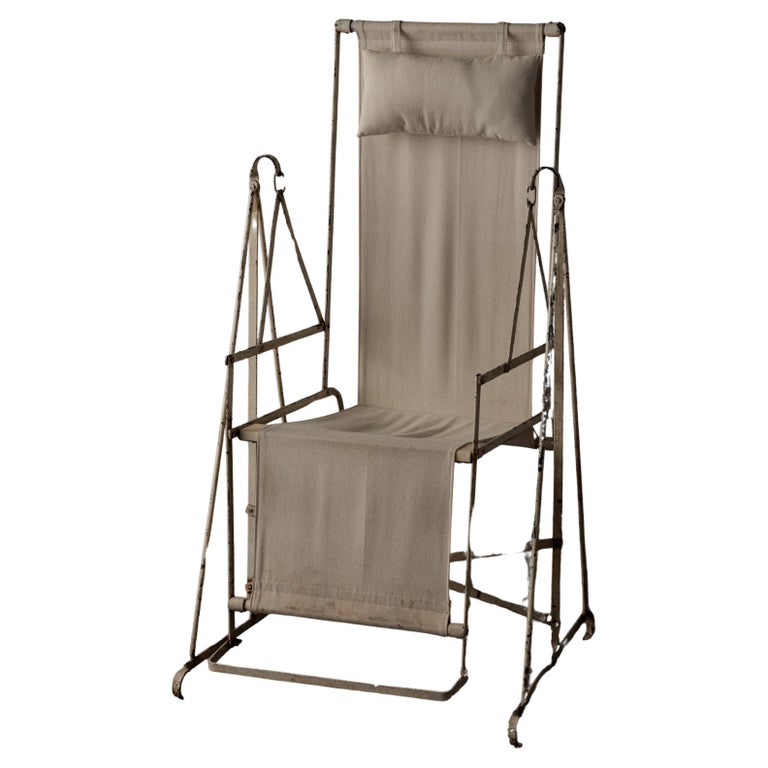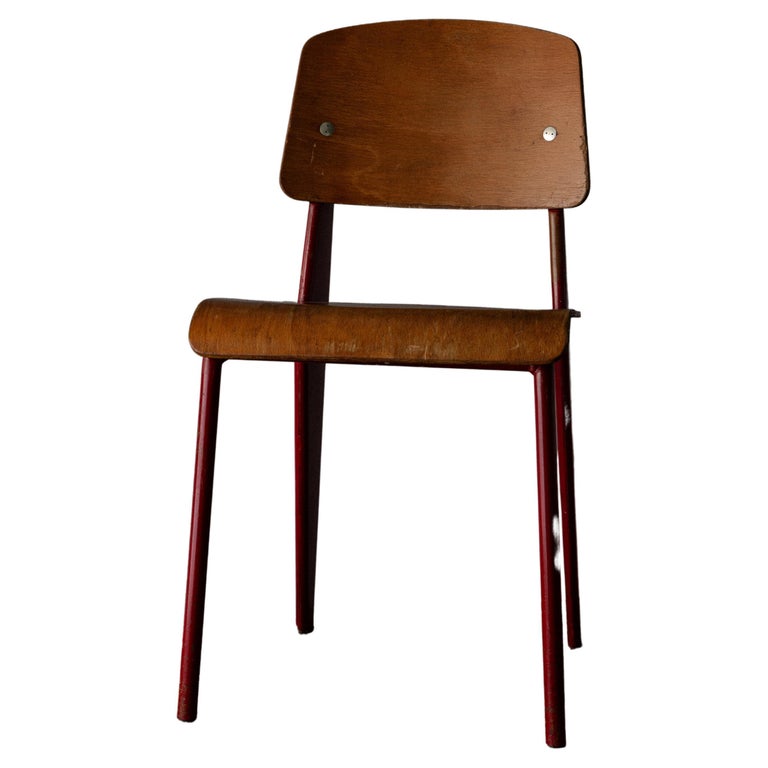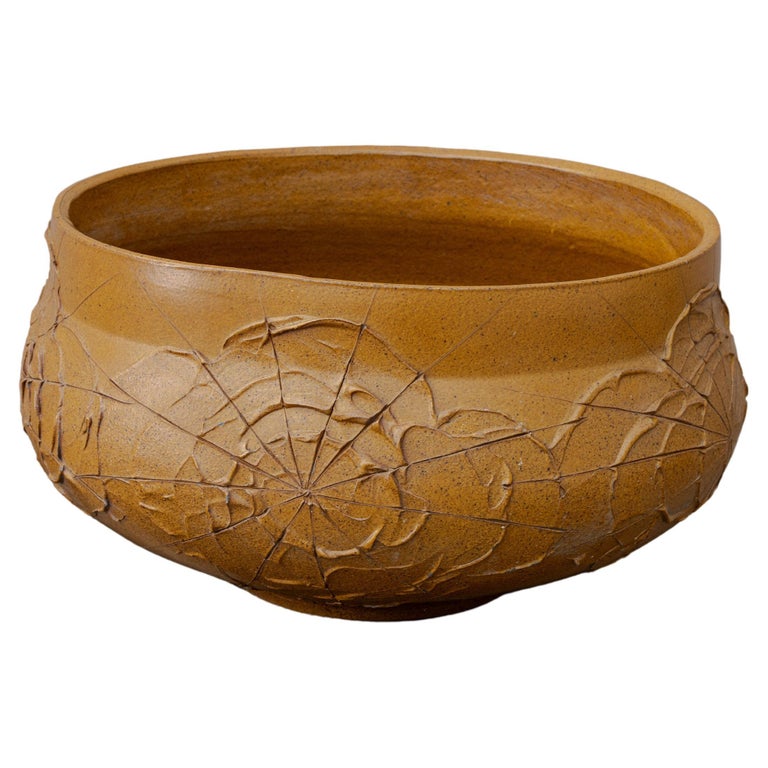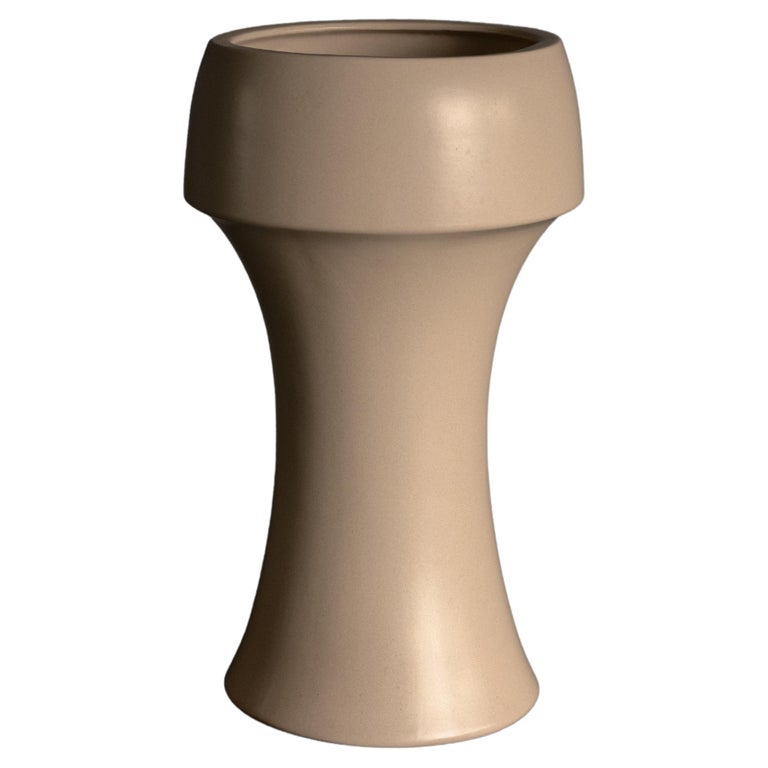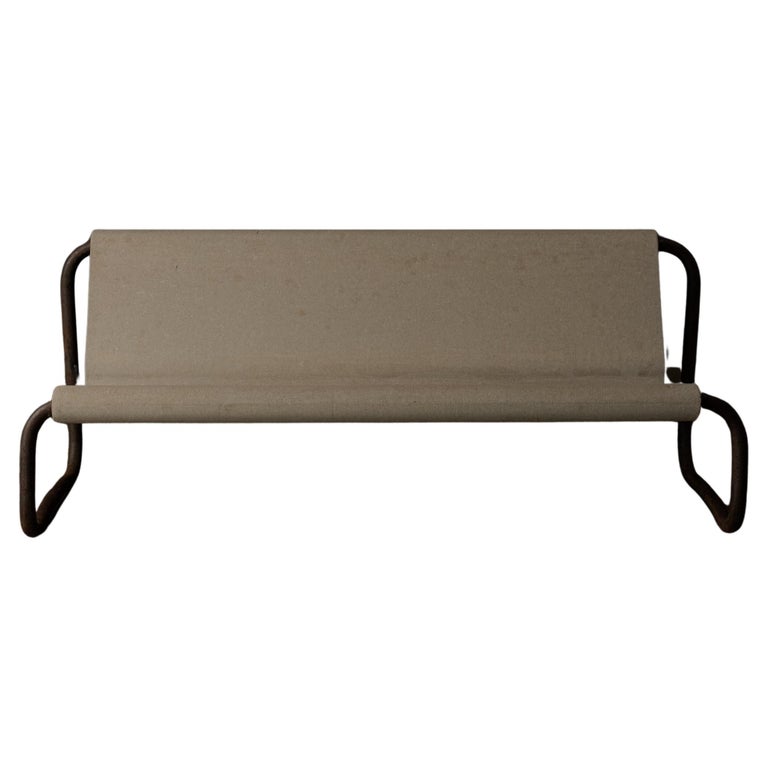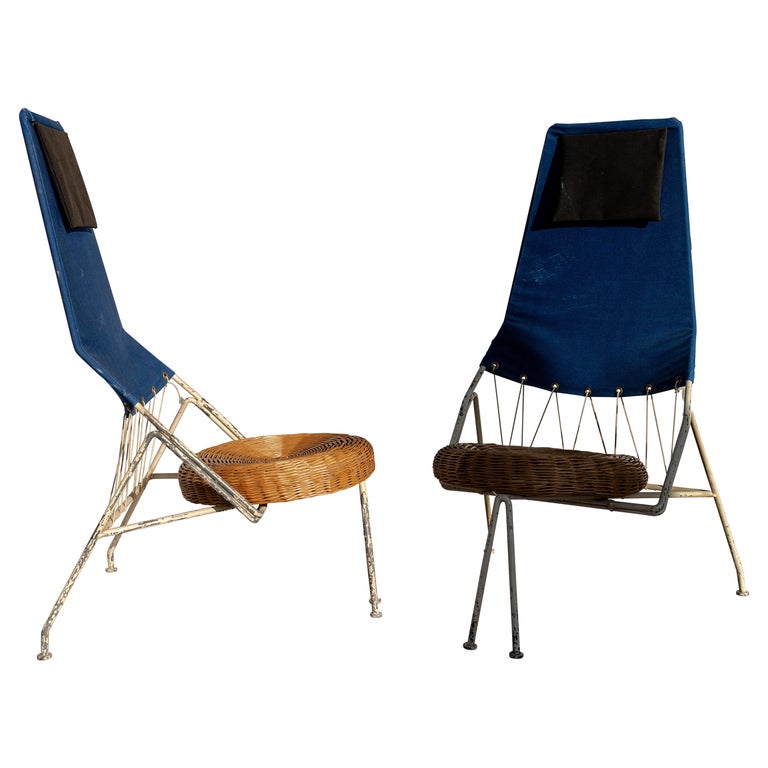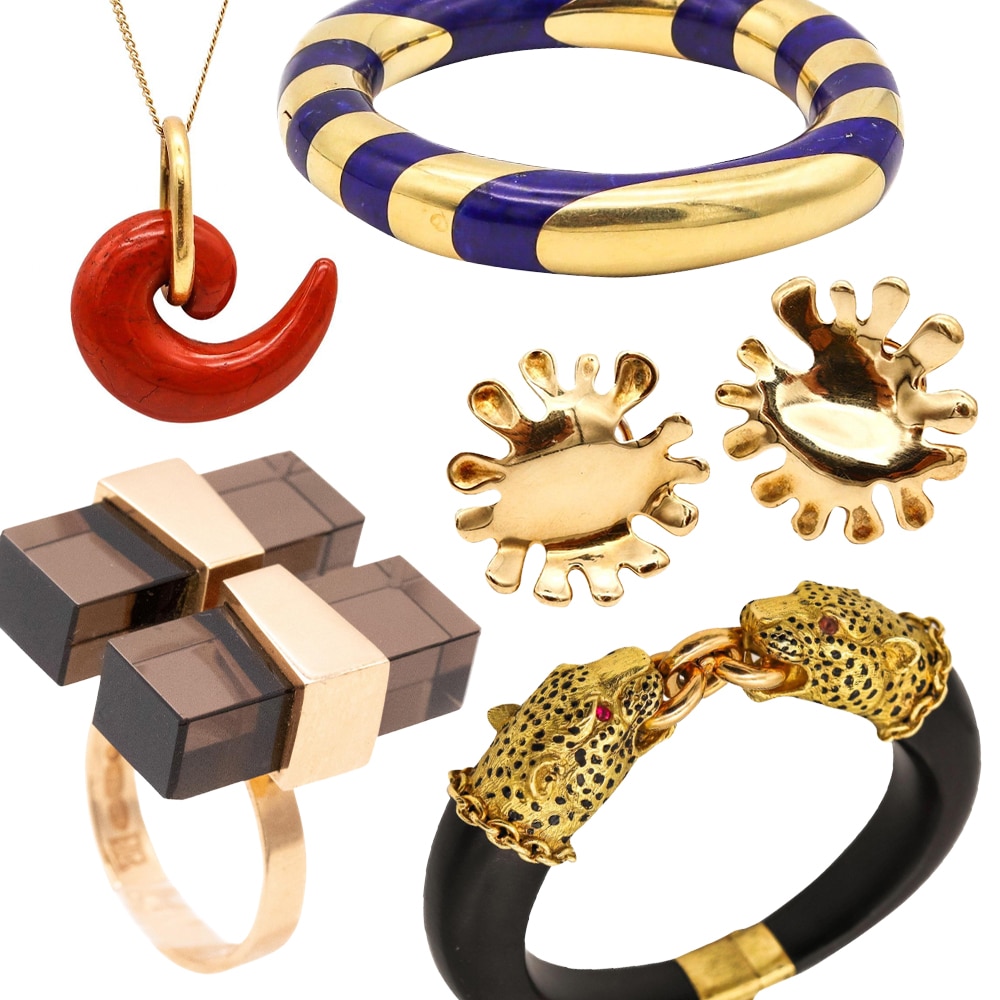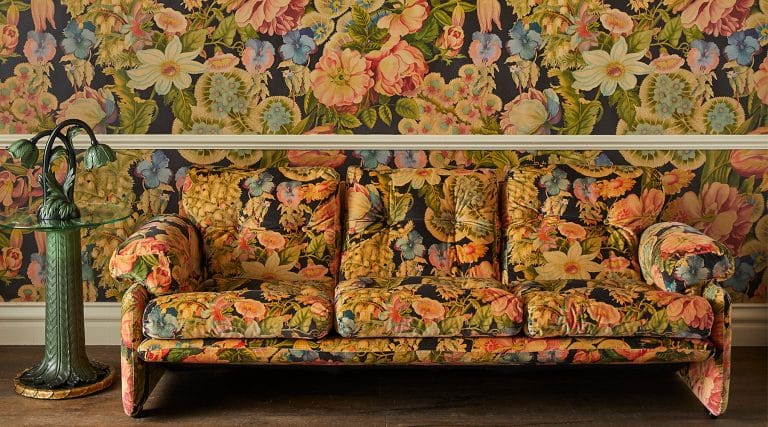June 22, 2025Over the course of his 20 years as one of Los Angeles’s top interior designers and vintage furniture dealers, Cliff Fong has collected stools and headrests from Cameroon; early-20th-century American folk pottery; mid-century modern ceramics from California; and 20th-century European furniture, including a Jean Prouvé chair he found in a Barcelona dumpster, a Carlo Mollino desk and an important early Frits Henningsen wing chair.
Now, many of these pieces — and scores more — are on offer at Faire du Vert, the L.A. design showroom and 1stDibs storefront that Fong opened in partnership with rare-plant specialist Paul Anderson. Together, the two have made it their mission to bring to the market an assortment of highly prized modernist furnishings for both interiors and gardens that pays homage to Southern California’s indoor-outdoor architecture and lifestyle.
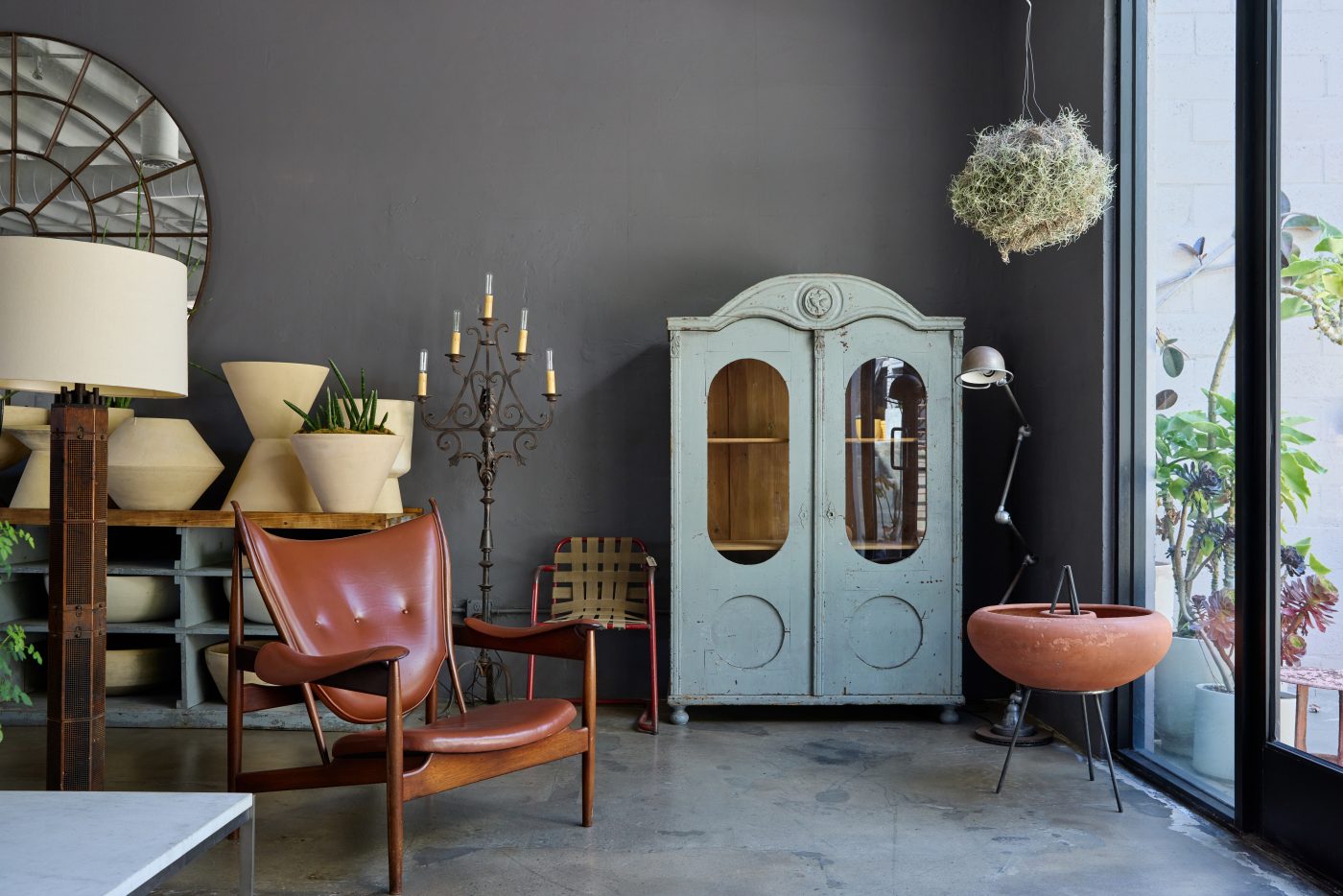
“After the pandemic, I felt I had every physical thing I needed and wanted, but I was starving for more time in nature to feed my soul and design perspective,” Fong says, explaining the impetus behind Faire du Vert’s indoor-outdoor emphasis.
Around the same time, he noted an unfilled niche in the home market and realized he could fill it — while simulaneously feeding his own soul and design perspective — by opening a gallery that would offer “the best historically important twentieth-century design that makes your outdoor living as interesting as your interiors.”
The resulting gallery, in a former auto-repair shop in L.A.’s on-the-rise Mid City district, boasts 3,000 square feet of indoor display space plus an additional 4,500-square-foot outdoor area. Fong and Anderson have handsomely landscaped the latter with monumental ceramic, concrete and bronze vessels filled with rare plants, as well as outdoor furniture by such mid-century-modern talents as Dan Johnson, Cleo Baldon, Walter Lamb and Willy Guhl.
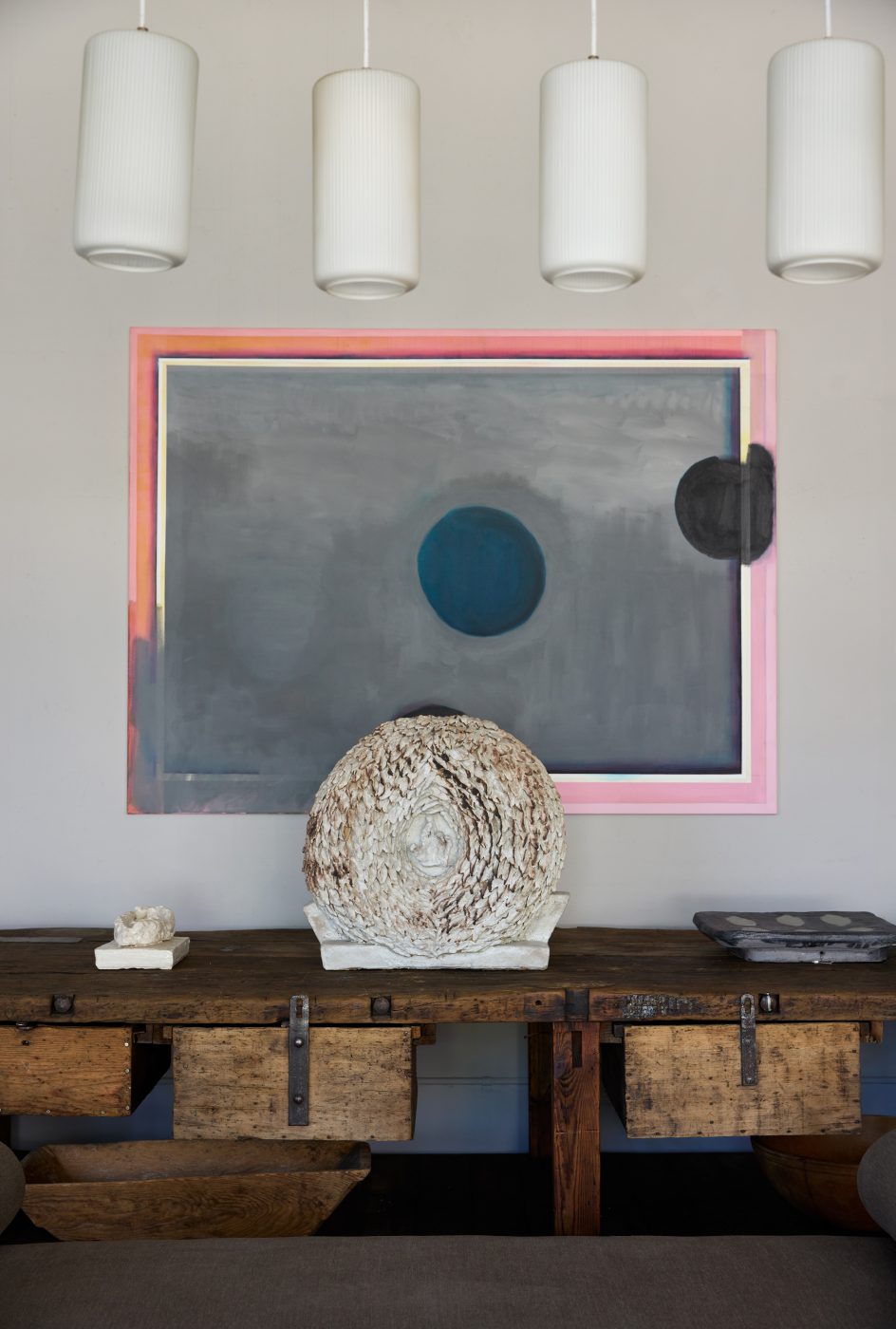

“Paul’s focus is more on our botanics and exotic plants, as well as landscape design, and my focus is more on furniture, furnishings and that aspect of our inventory,” says Fong. Each of them, he also notes, has a passion for both the indoor and outdoor sides of their mission.
The duo met in the early 2000s, when Anderson — who worked at the beloved, appointment-only West Hollywood nursery the Tropics — would help Fong with plantings for his projects. They became friends, and even roommates for a while, and Fong officiated at Anderson’s wedding.
Along the way, they also developed a shared love for the Southern California modernist aesthetic, rooted in large part in their appreciation and acquisition of vessels produced by the L.A. studio and manufacturer Architectural Pottery, which played a vital role in the modern architecture and Case Study movement and produced designs by David Cressey, Paul McCobb, LaGardo Tackett, Malcolm Leland and Raul Coronel, among others.
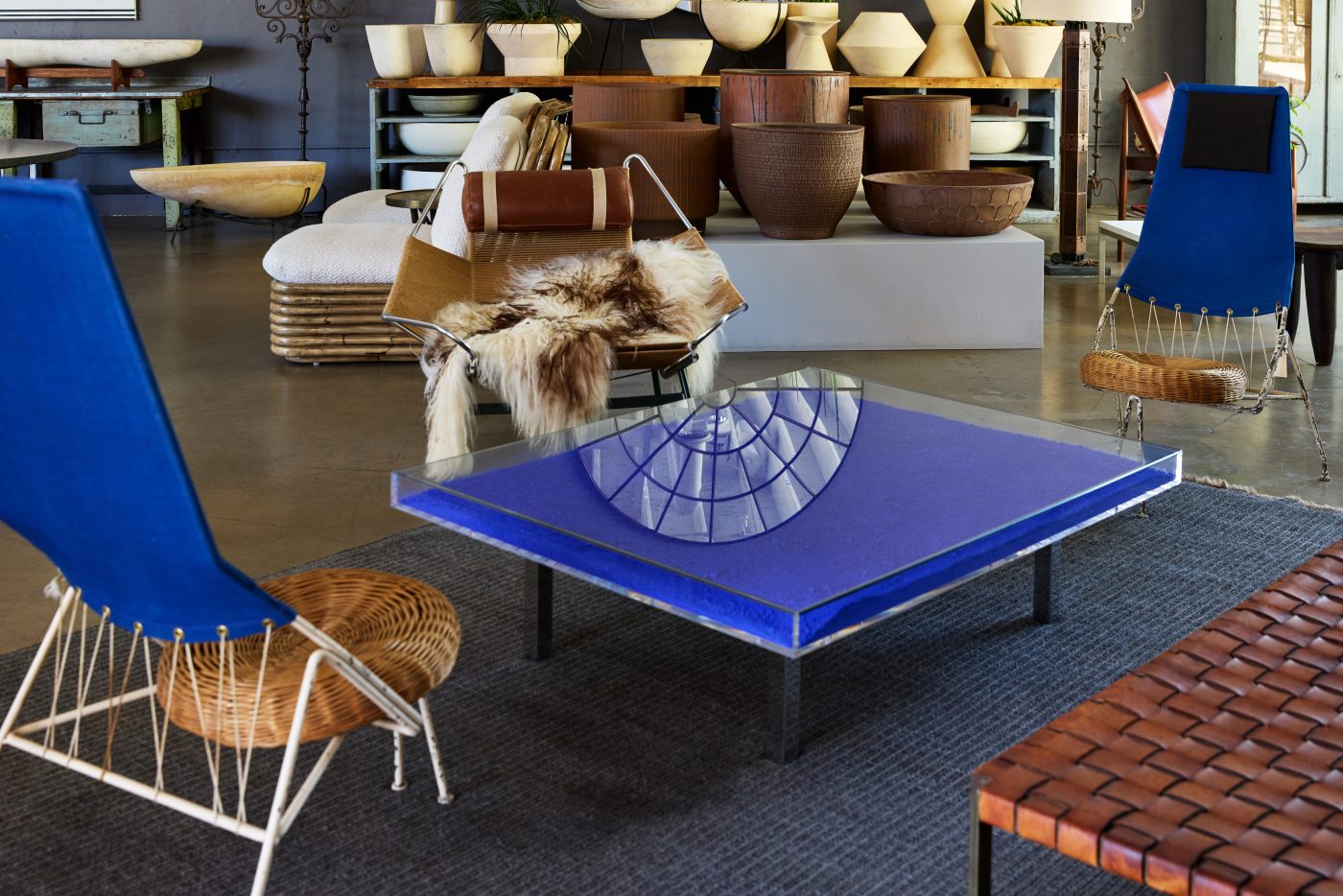
Two triangular 1950s lounge chairs by Tony Paul flank a 1990s edition of Yves Klein‘s Table Bleu. In the background can be seen a pair of Gabriella Crespi‘s bamboo-framed Bohemian 72 chairs beside a display of terracotta planters by David Cressey for Architectural Pottery. In the foreground is a 1950s bench by Erwine and Estelle Laverne with a metal base and woven-leather seat.
“My driveway was full of Architectural Pottery, and I had two full storage units,” Anderson says. “That was the origin of this showroom: We wanted a space to present Architectural Pottery and also to bring plant material into the conversation.”
For Anderson, this means using his expertise to familiarize L.A. homeowners and the design community with unusual deciduous plants like the Bursera microphylla, a sculptural semisucculent indigenous to the mountains in northern Mexico and known as the elephant tree. “We would never take any of our beautiful pots and just put an ordinary Kentia palm in it,” Fong says.
Recent finds include a Charlotte Perriand En Forme Libre table in matte-black-lacquered mahogany, a pair of cube-shaped Jean-Michel Frank armchairs produced by Ecart International and covered in shearling, Art Deco Warren McArthur aluminum seating and a metal lounge chair by François Caruelle that cleverly folds out into a sun chaise after a quick lift of the seat cushion.
Earlier this year, after serving as Fong’s studio since 2023 and opening by appointment to in-the-know professionals, Faire du Vert had its official public launch, welcoming in visitors to browse or buy treasures that have attracted such celebrated interior decorators as Martyn Lawrence Bullard, Jamie Bush and Pam Shamshiri and landscape designer Scott Shrader.

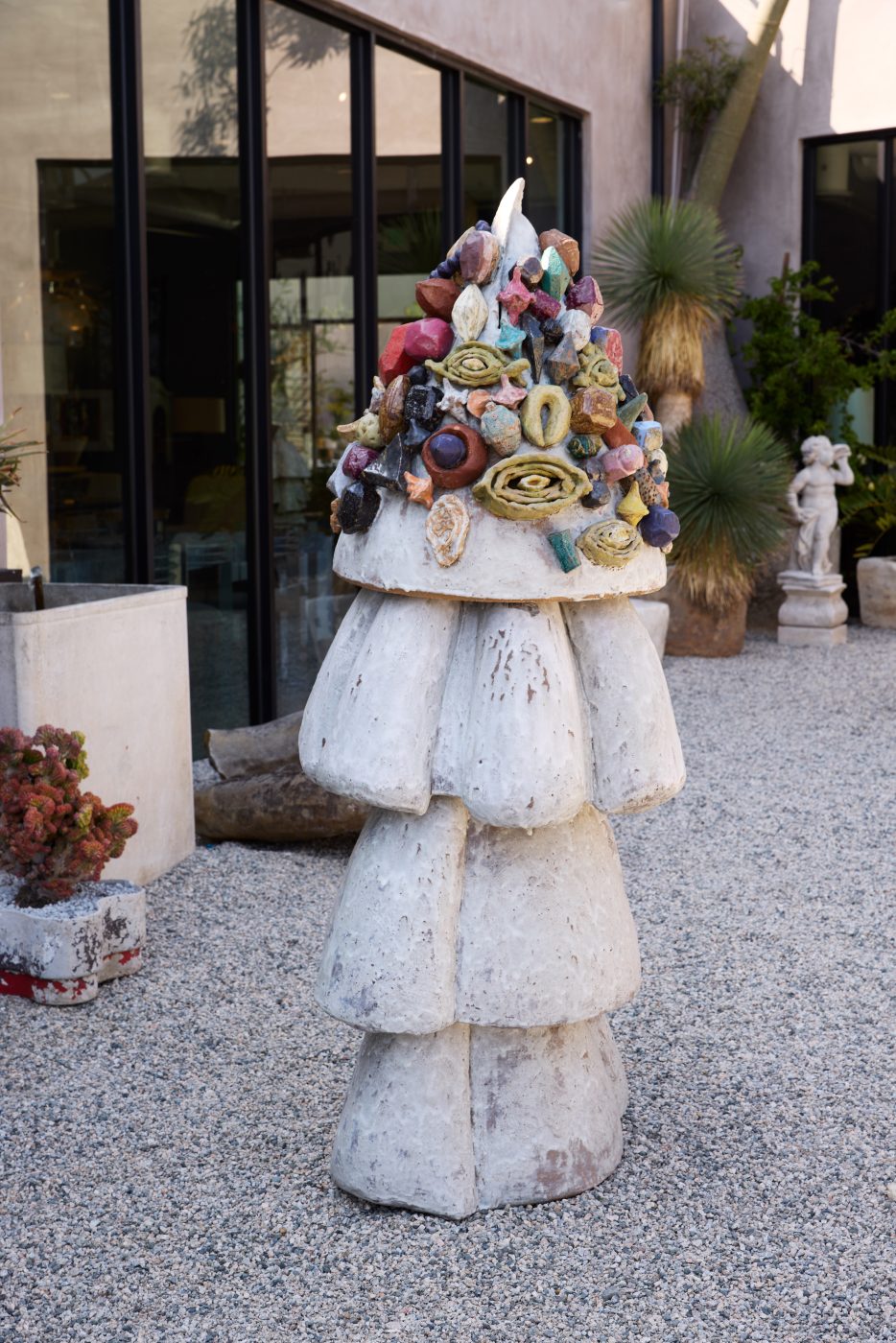
Among the pieces currently in store, Fong offers particular praise for Poul Kjærholm’s elegantly minimalist PK 54 table, a design that he has used in many commissions. “It’s a simple form with such restraint,” he says, explaining that in production, a flint cylinder was rolled over the top, giving it a “better-than-honed finish that makes it feel primitive and elegant. And because it is metal and stone it can be used outdoors.”
He notes, too, that a lot of Pierre Jeanneret’s teak furniture is suitable for exteriors. “Though I’m not suggesting anyone put an upholstered Committee chair outside,” he adds, grinning.
The opening featured a show of freestanding ceramic murals, stools and art pottery by contemporary artist and designer Jody Baral, much of which will remain on view, in a scaled-back way to allow Faire du Vert to present a schedule of rotating exhibitions. Fong and Anderson are mounting these with the help of Bianca Chen, who’s consulting with Faire du Vert while also continuing to serve as manager of JF Chen, the iconic L.A. design gallery founded by her father, Joel.
During a recent tour of Faire du Vert — whose name, meaning “to make green” in French, refers not only to plant life but also to the sustainability benefit of designing with vintage furniture — Fong and Anderson chatted with Introspective about world-class museums, the enduring brilliance of underrated European and American furniture designers and their own relentless pursuit of works by Architectural Pottery and by ceramist Cressey.
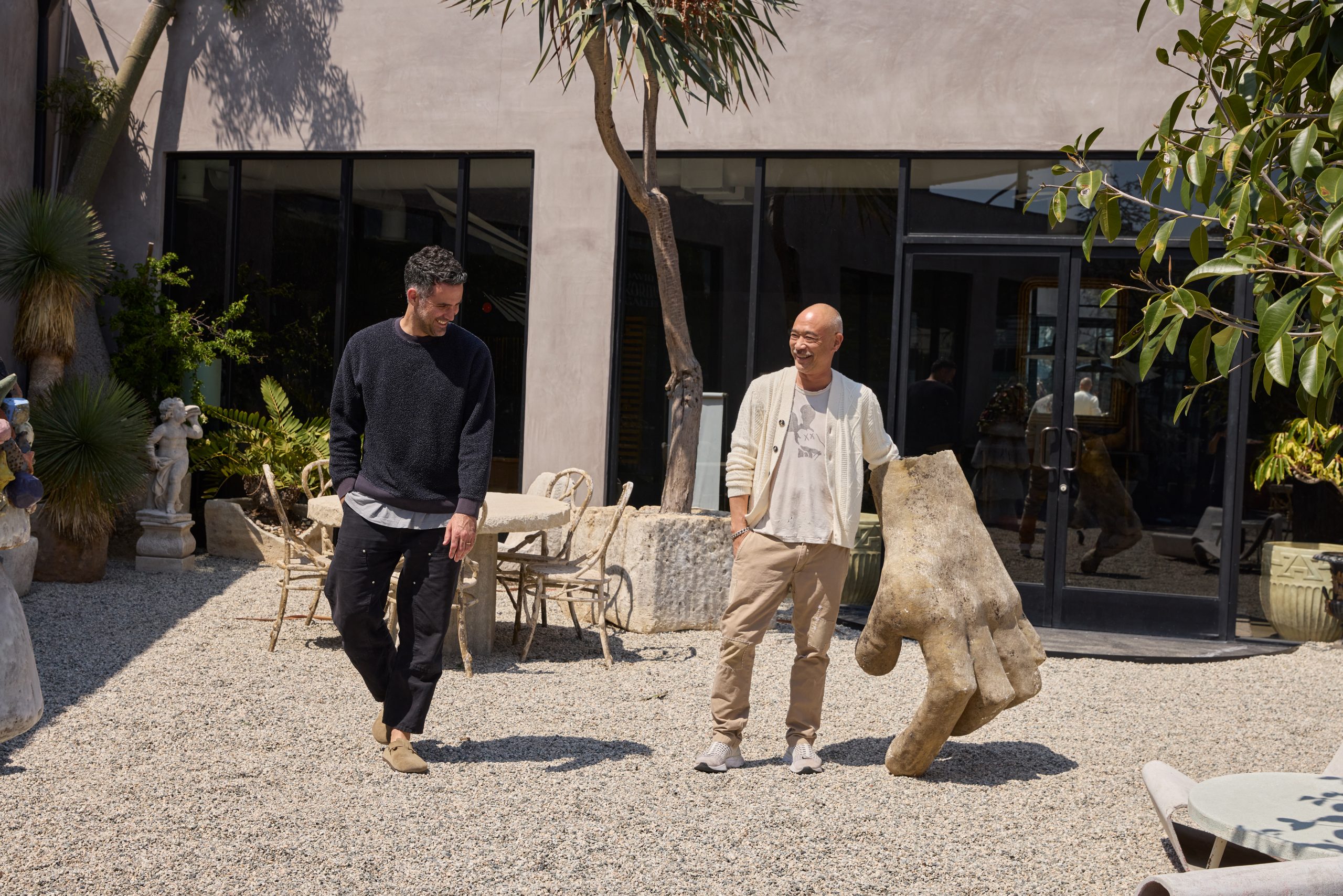
Which pieces on your 1stDibs storefront exemplify your aesthetic?
CLIFF FONG: For me, it’s the Pro/artisan pieces by David Cressey. He was a true artist, and what he and the other designers created for Architectural Pottery was a world of form and function that didn’t exist before. For the Pro/Artisan line, he leveraged the shapes but did different glaze treatments and sgraffito. That’s why that series is so coveted. Each is unique, you can see someone’s fingerprints. It’s significant design that straddles the line between decorative and fine art. Everything else is just a flowerpot.
PAUL ANDERSON: I prefer the Architectural Pottery bisque pieces: They’re softer, more porous and you can see the age.
How did you gain your design expertise?
FONG: Just by being a geek and wanting to know everything about anything I was interested in. I studied art history at Cal State LA in the nineties and then worked in fashion retail and had my own label, Chatav Ectabit. When I was working in European fashion capitals, I started skipping parties and waking up early to go to flea markets and buy what I thought, at the time, were souvenirs.
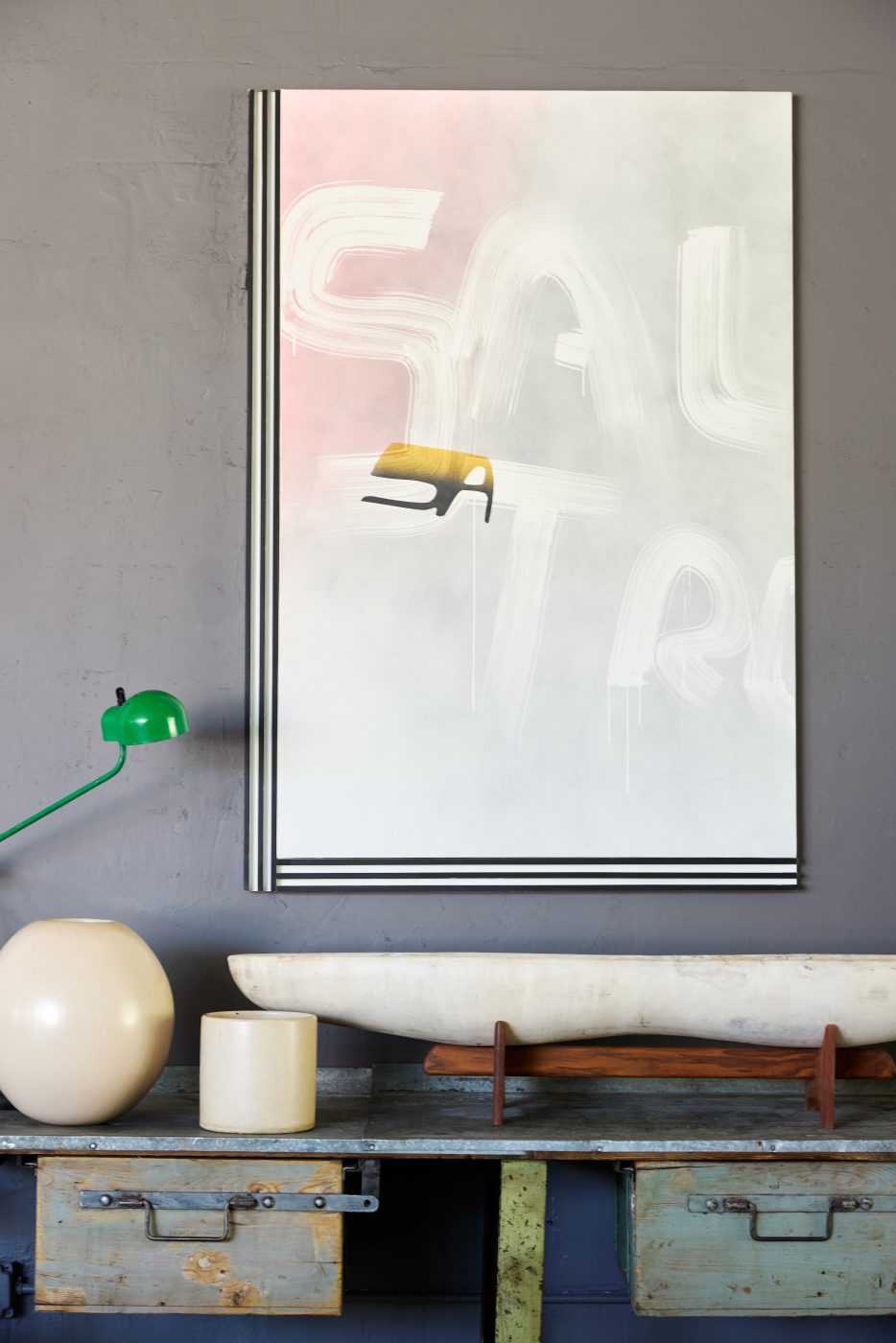
An early-American metal-top workbench supports an Architectural Pottery peanut-shaped planter on a stand and a mid-century lamp by Joe Colombo.
Are you a museum geek?
FONG: I love the Broad in L.A. and the Huntington — no matter when you visit, something is in bloom in the garden, and the museum is curated in a very different way. Right now, for instance, they have a Kehinde Wiley hanging across from Gainsborough’s Blue Boy.
I enjoy the new Whitney in New York, the Tate Modern in London, the Picasso Museum with his ceramics in southern France and the mix of classical Greek and contemporary art at the Benaki Museum, in Athens.
My absolute favorite is the Louisiana, outside Copenhagen, with that amazing hall of Alberto Giacometti sculptures. Culturally, there’s such a huge appreciation for design in Denmark — the furniture, the LEGOs — and they just keep coming. How do they get it so right?
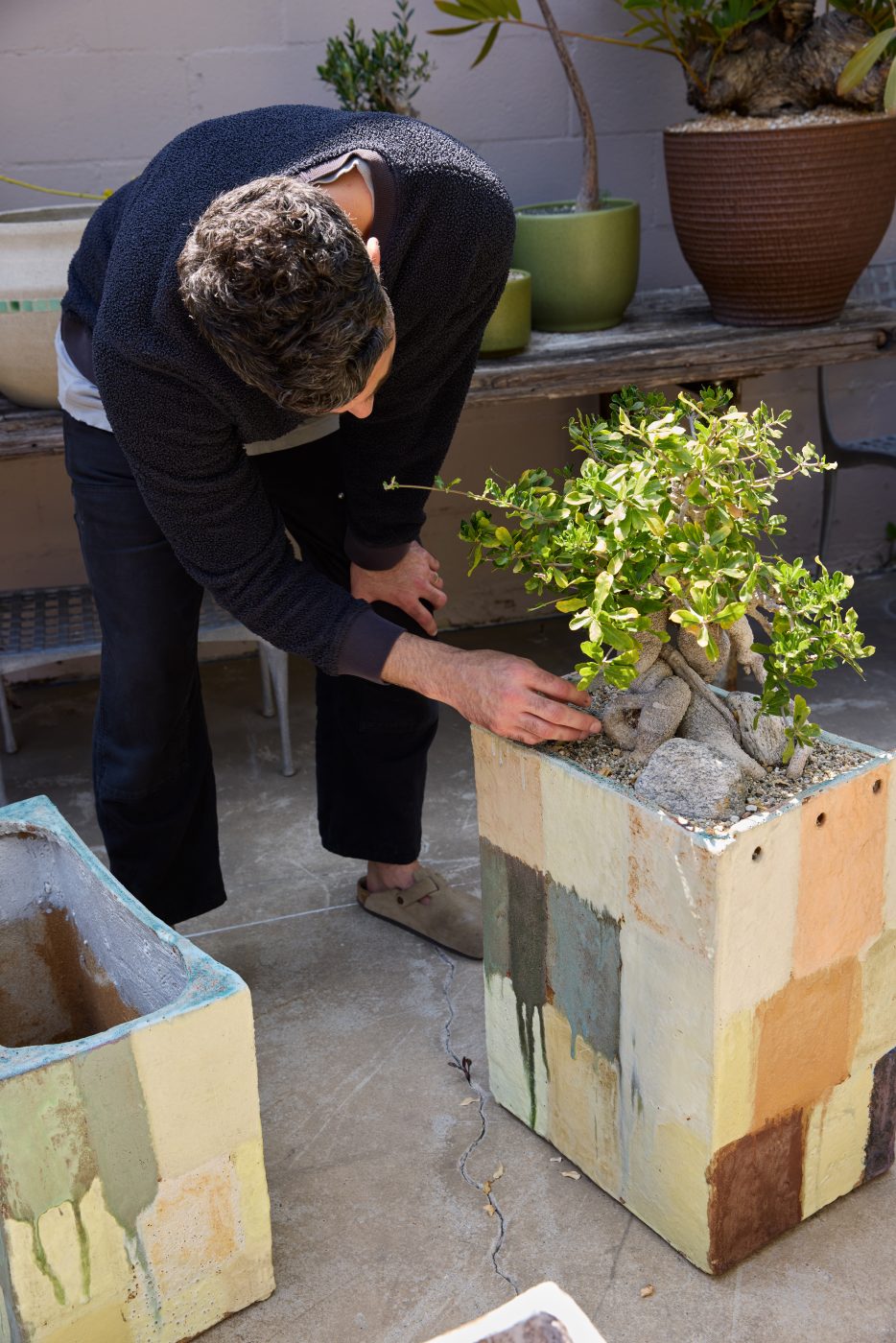
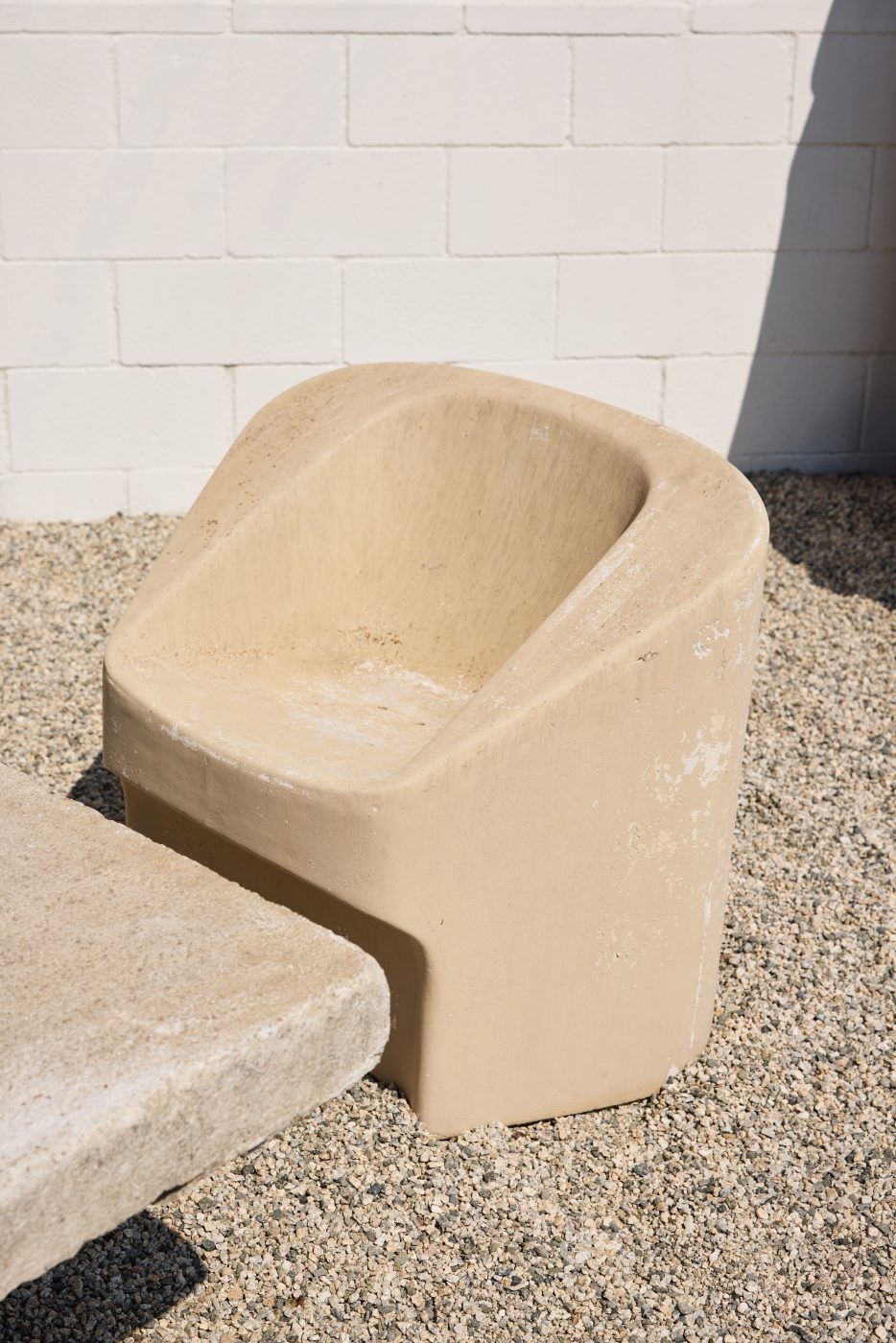
What are the rarest objects you’ve ever handled?
ANDERSON: The Pro/artisan 5015 planter by David Cressey is the largest of his designs ever produced. I’ve seen four and bought every one of them. I even found one on Craigslist in Texas for crazy cheap — the shipping cost more than the pot.
FONG: Two Prouvé pieces from Africa. One is a Jib lamp on a longer-than-usual arm, the other is what Vitra calls the EM table. A lot of them were made for Air France offices in Brazzaville, Congo. In Europe, the table was either oak or mahogany. In Africa, they were made of hardwoods that are darker and sexier.
The one I had was found in a vegetable market, and I love the idea of this beautiful piece serving such a useful function. I purchased it for $200,000 about two decades ago and a few years ago, the owners turned down an offer for two million.
What other 20th-century furniture designers have caught your eye of late?
FONG: Most of the work of Guillerme and Chambron was done in heavy woods like the designs of Charlotte Perriand and Pierre Chapo, but where their work was more linear and angular, Guillerme and Chambron is much more luxury oriented with deep seating and more detail.
Right now, at Faire du Vert, we have a pair of modernist leather wing chairs by Nello Pini that not only look beautiful, in the style of Franco Albini, but are also recliners with built-in footrests. And the Swedish designer Mats Theselius, whose principles are akin to Maria Pergay and Mathieu Matégot, made beautiful metal chairs in the nineteen eighties and nineteen nineties that can be used indoors or in a covered outdoor area.
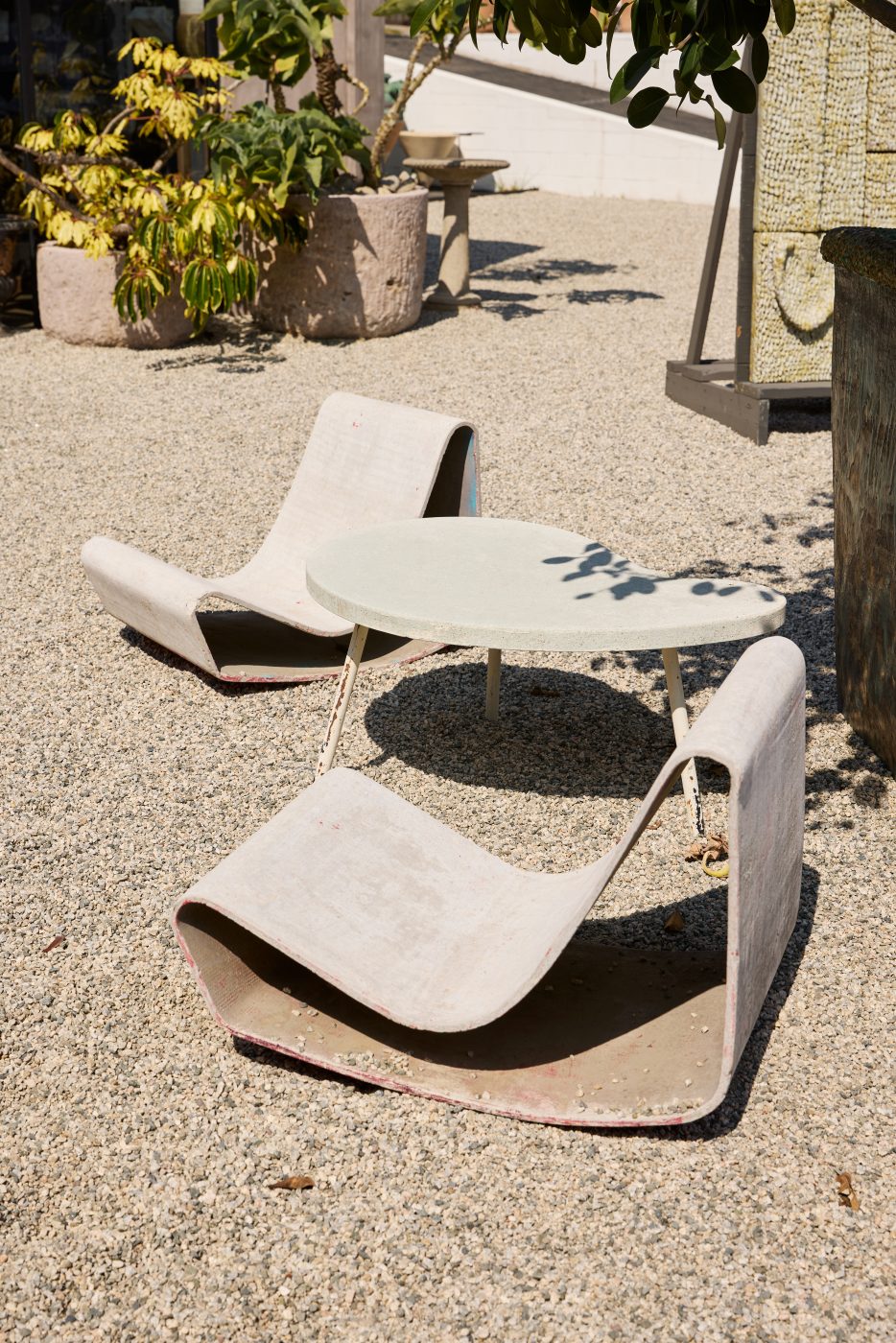
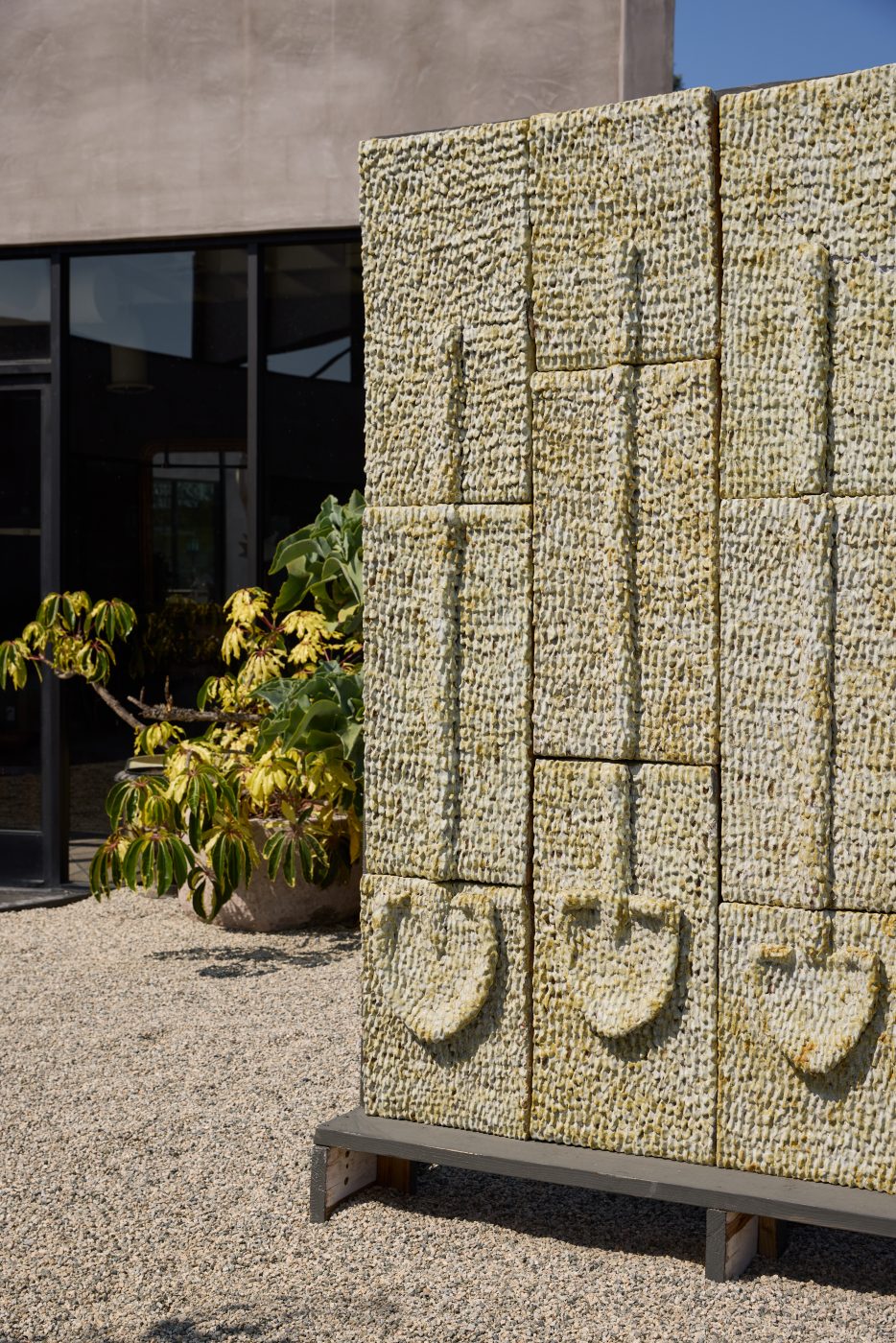
How do you feel about American designers?
FONG: A lot of Americans are underrated because they don’t seem to have large bodies of work. Recently, I’ve noticed that Adrian Pearsall’s work is becoming more desirable because it registers with brutalism, which has a lot of attention these days. I used to think his work could be kitschy or corny, but I see it now as sculptural and elegant, especially when it’s upholstered in a beautiful Pierre Frey fabric.
What do you collect that might surprise people?
FONG: I have about four hundred species of orchids, and a koi pond with two dozen fish. Whenever I want to do anything, there is a process of curation. I couldn’t just buy two dozen fish at once, so for four or five years, I was buying koi at auctions in Tokyo and having them sent to Los Angeles air freight.
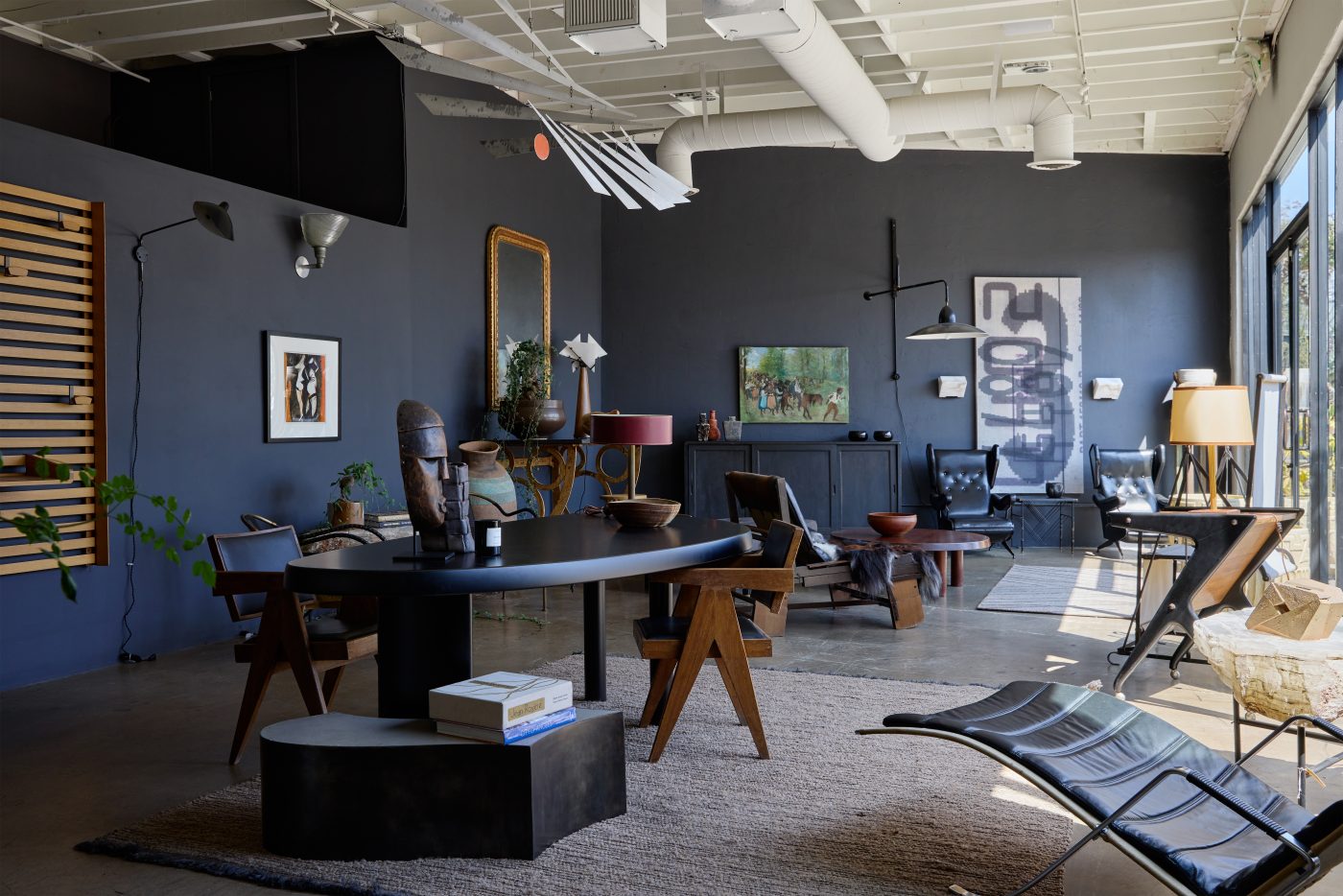
What do you regret selling?
FONG: My Jean Royère Polar Bear chair. It’s a classic, timeless form, an exaggerated lounge chair, so heavy that one person can’t lift it. The scale is so extravagant, and it’s such an incredible piece of sculpture that’s also cushy and curvy. It was my dogs’ favorite chair.
ANDERSON: I had a close call with seller’s regret with a cluster of Zamia furfuracea, known as the cardboard palm. I started to grow them when my oldest daughter was born, and her middle name is Zamia. She was visiting the showroom one day and said, “Why is my plant here?” You have to be insanely patient for plants to grow big and old, so I took it right back home.
